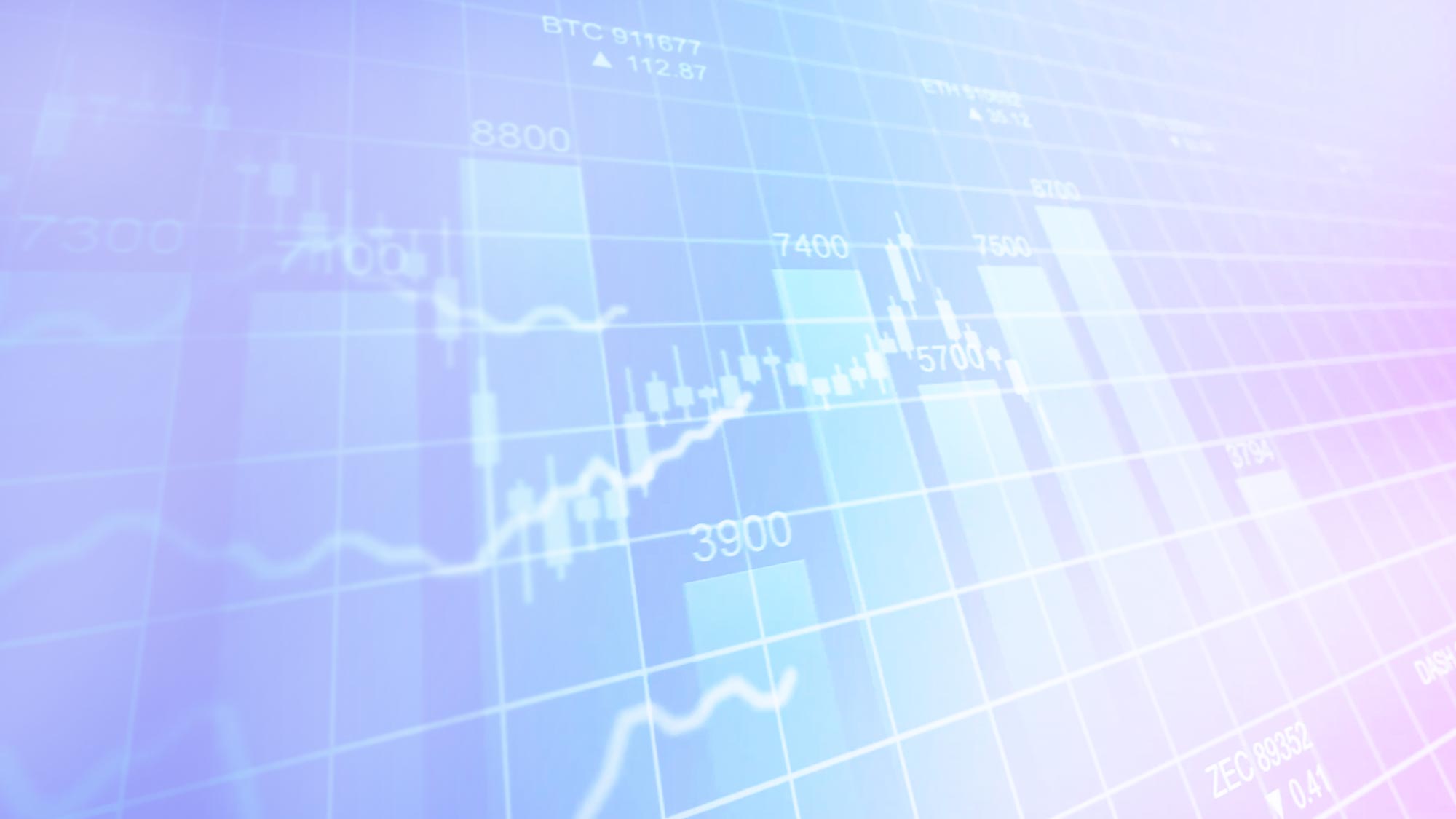Dedicated to trust. Committed to quality.
KPMG is a leader in providing financial statement audit, ESG assurance, and technology assurance services to companies across all industries. Learn more about how we offer “A better audit experience.”

FEATURED INSIGHTS
Corporate Controller and CAO hot topics
KPMG U.S. Chair and CEO Paul Knopp to helm CAQ's Governing Board
KPMG is a leader in providing financial statement audit, ESG assurance, and technology assurance services to companies across all industries. Learn more about how we offer “A better audit experience.”


We create an audit experience that is built on agility and integrity—an audit delivered by an experienced team that is empowered and engaged, utilizing technology to drive efficiency and quality while helping to minimize the impact on your time and resources. In other words, you can focus on your business, not your audit.
Learn more

No matter where you are on your ESG journey, KPMG is positioned to help you navigate the complex regulatory landscape—while providing customized insights into how your organization can enhance trust, mitigate risk and unlock value.
Learn more

Technology is constantly evolving the business landscape so the need to ensure your controls and processes are operating effectively is paramount. We provide insights that can help you assess, manage and remediate IT-related risks through IT attestation, SOC reporting and real-time systems assessments. Our goal is to audit technology with technology, making financial statement audits more efficient and providing our clients with a better audit experience.
Learn more
Financial Reporting View
Insights on the latest accounting and financial reporting developments.
Delivering insights to financial reporting professionals. Sharing our expertise and perspective. Informing your decision-making.
Learn moreBoard Leadership Center
Resources for public and private board members and audit committees.
The KPMG Board Leadership Center engages with directors and business leaders on the critical issues driving board agendas.
Learn moreExecutive Education
A different school of thought.
Training and learning solutions for your business's unique needs, strategy, goals, and culture. CPE eligible.
Learn moreAudit Insights
Gain new perspectives on financial reporting, ESG, Audit and industry specific trends
Popular category topics

Our audit teams sustain audit quality by increasing standardization and automation enabled by fit-for-purpose technology and a reimagined service delivery model, all integrated with a robust system of quality control. We are investing significantly and steadily in people, technology, and programs to promote a better audit experience.





